Fact or Fiction?
As we enter Memorial Day Weekend, we often take the time to reflect on our nation’s history. And while many of us moaned and groaned during high school geometry, asking our teachers if we will ever actually need to use this in real life, history class was a little different. It’s true that there wasn’t that same pushback — it seemed like if it was written in a history lesson, it must be fact. But not everything we learned about U.S. history really happened. Here’s a look at some of the biggest myths disguised as facts that you learned about in school. Can you think of more? Tell us in the comments.
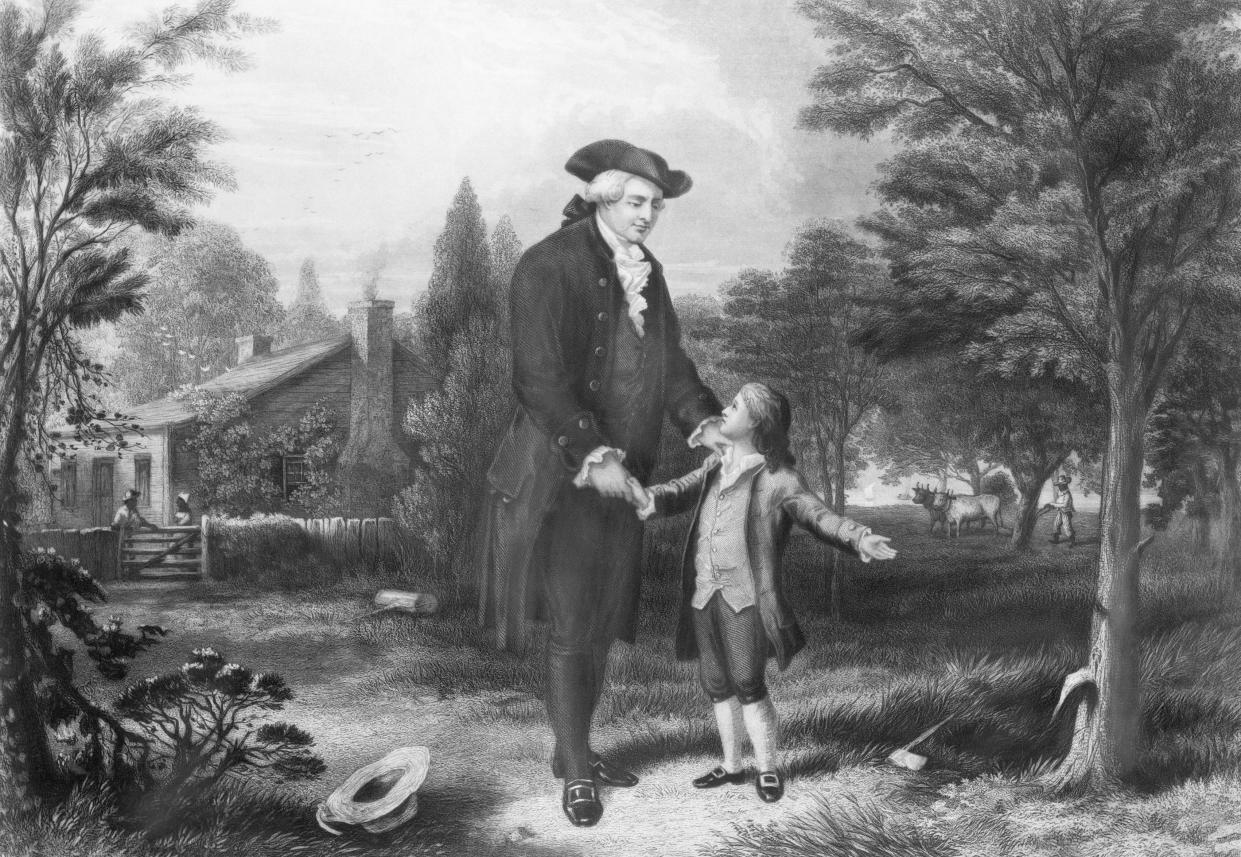

George Washington Chopped Down a Cherry Tree
Remember when your history teacher told you about young George Washington proudly telling his father, “I cannot tell a lie?” Well … they lied to you. The story of 6-year-old Georgie getting a hatchet as a gift and cutting down his father’s cherry tree before tattling on himself was completely made up by one of the former president’s first biographers, Mason Locke Weems. Weems fabricated the incident in his retelling of Washington’s early years just to enhance readership and profitability of his book, “The Life of Washington.”
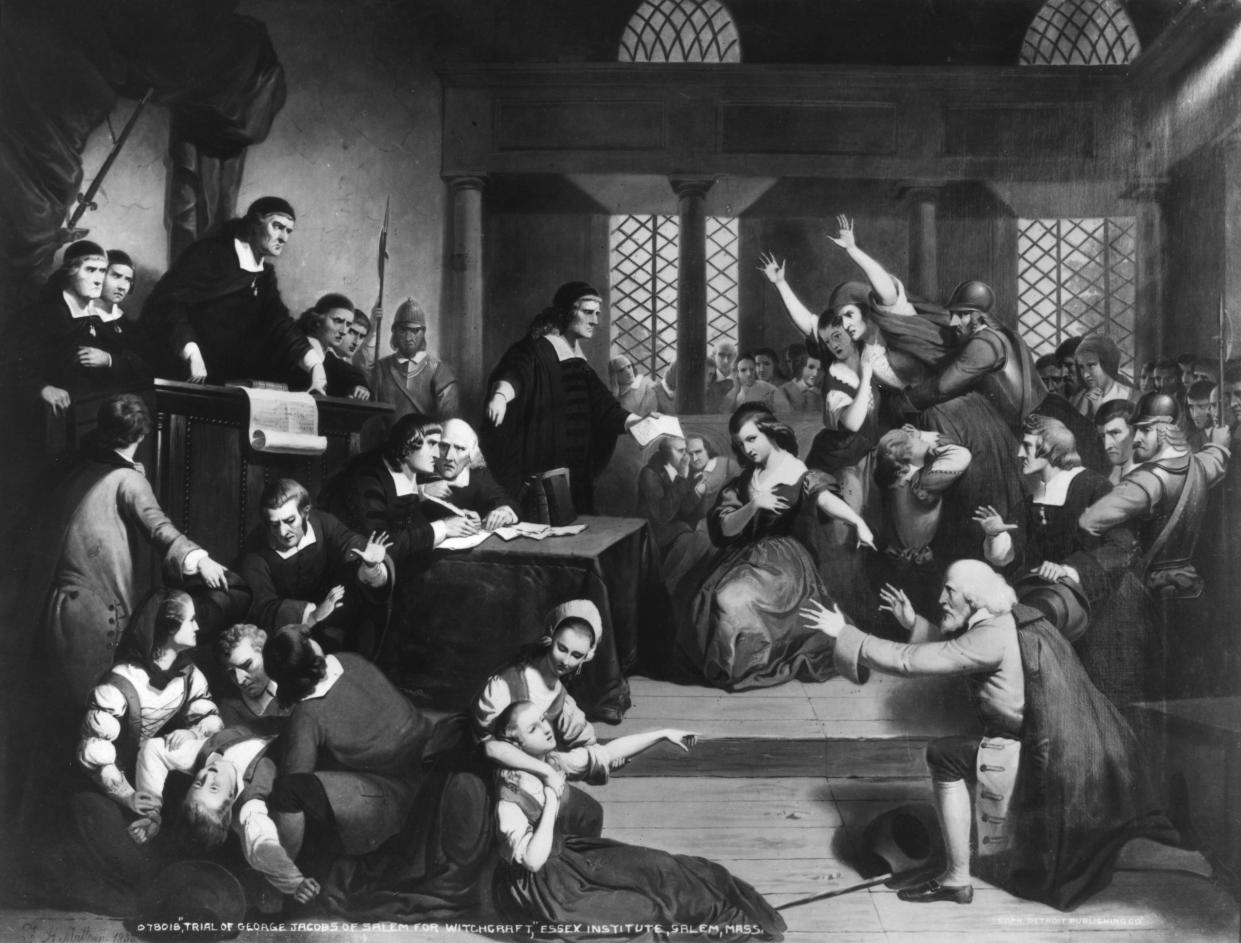

Witches Were Burned at the Stake in Salem
Stories of witches burned at the stake in Salem, Massachusetts, are eerie and influential but not true. In 1692, a doctor diagnosed a group of young girls as victims of witchcraft after they began having screaming seizures. The allegations led to 20 people being executed after being found guilty of black magic. But despite what your teachers may have told you, the so-called witches weren’t burned at the stake; they were hanged. The remaining killing was by pressing a man to death with stones.
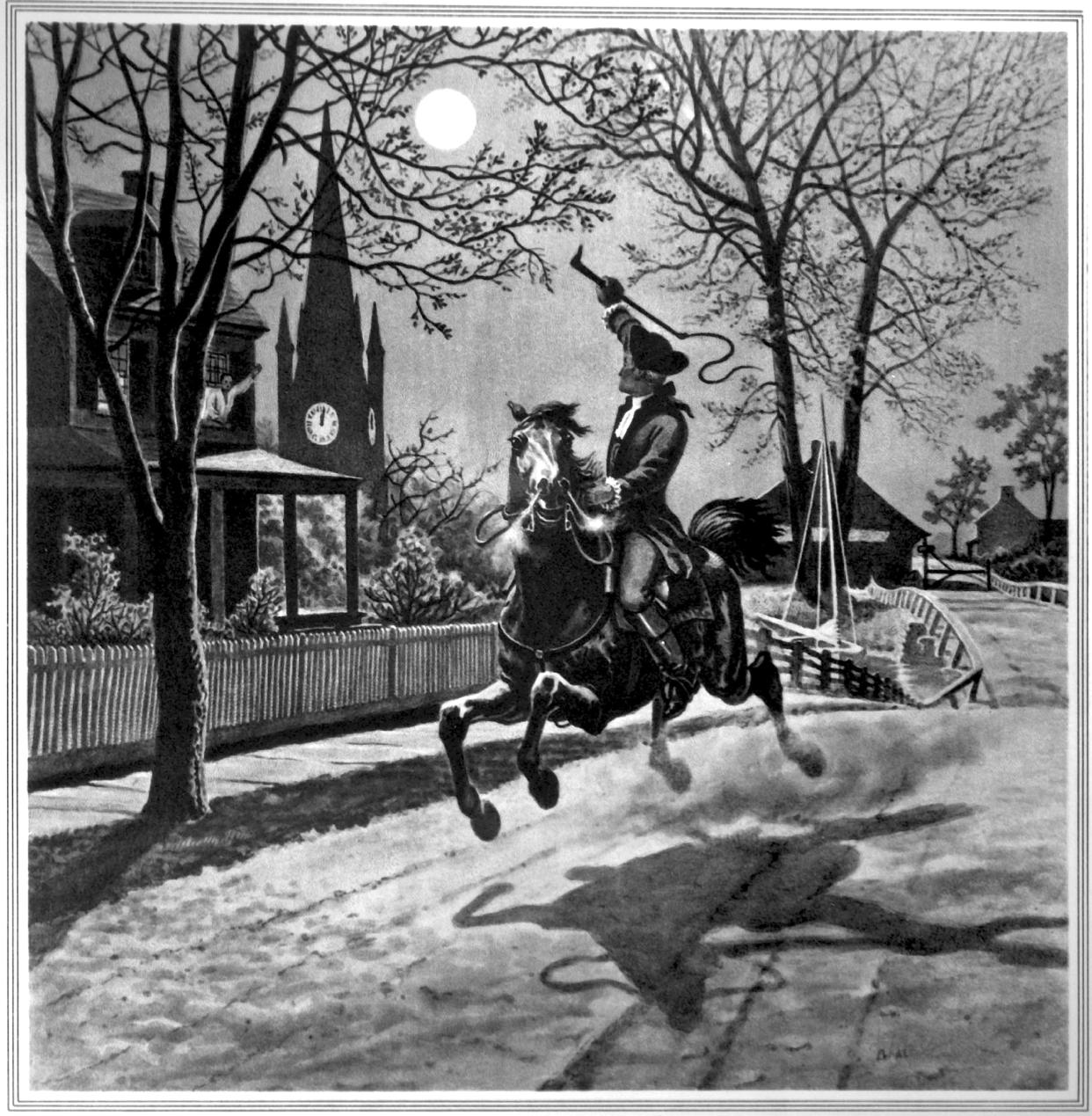

Paul Revere Shouted, “The British Are Coming!”
Paul Revere’s “midnight ride” is often an entire lesson in high school history classes, discussed as the start of the American Revolution. The part about Revere being dispatched to warn John Hancock and Samuel Adams that the British soldiers were headed their way is true, but according to the website for The Paul Revere House, a sentry at the house where Adams and Hancock were got mad when Revere arrived because he was making too much noise, causing Revere to reply, “Noise! You’ll have noise long enough before. The regulars are coming out!” That quote just doesn’t slide off the tongue the way, “The British are coming!” does.


Feminists Burned Bras Protesting Miss America
It was the summer of ’68 when women’s rights activists flooded the Atlantic City boardwalk to protest the Miss America pageant. Retellings always include mention of tons of bras being set afire as part of the protest, but that’s not how it went down. Yes, at least one woman removed her bra, modestly, but no one just ripped them off and set them ablaze. They did throw bras, high heels, makeup, girdles, and other items into a trash can, labeled the “Freedom Trash Can,” as part of the protest. A single reporter who’d been present, asked to remember the scene from decades earlier, said all of the contents of the trash can were set afire briefly, but others who were there say even that is untrue.
For more fun trivia stories, please sign up for our free newsletters.


Christopher Columbus Discovered America
By now, you know this one isn’t true, but as it’s one of the biggest myths in history books, we had to include it. Somehow, Columbus is credited with “discovering” America, but what does it mean to “discover” a place that’s already inhabited. Columbus wasn’t even the first European to visit the Americas: Norse explorer Leif Erikson sailed there during the 10th century, about 500 years before Columbus.
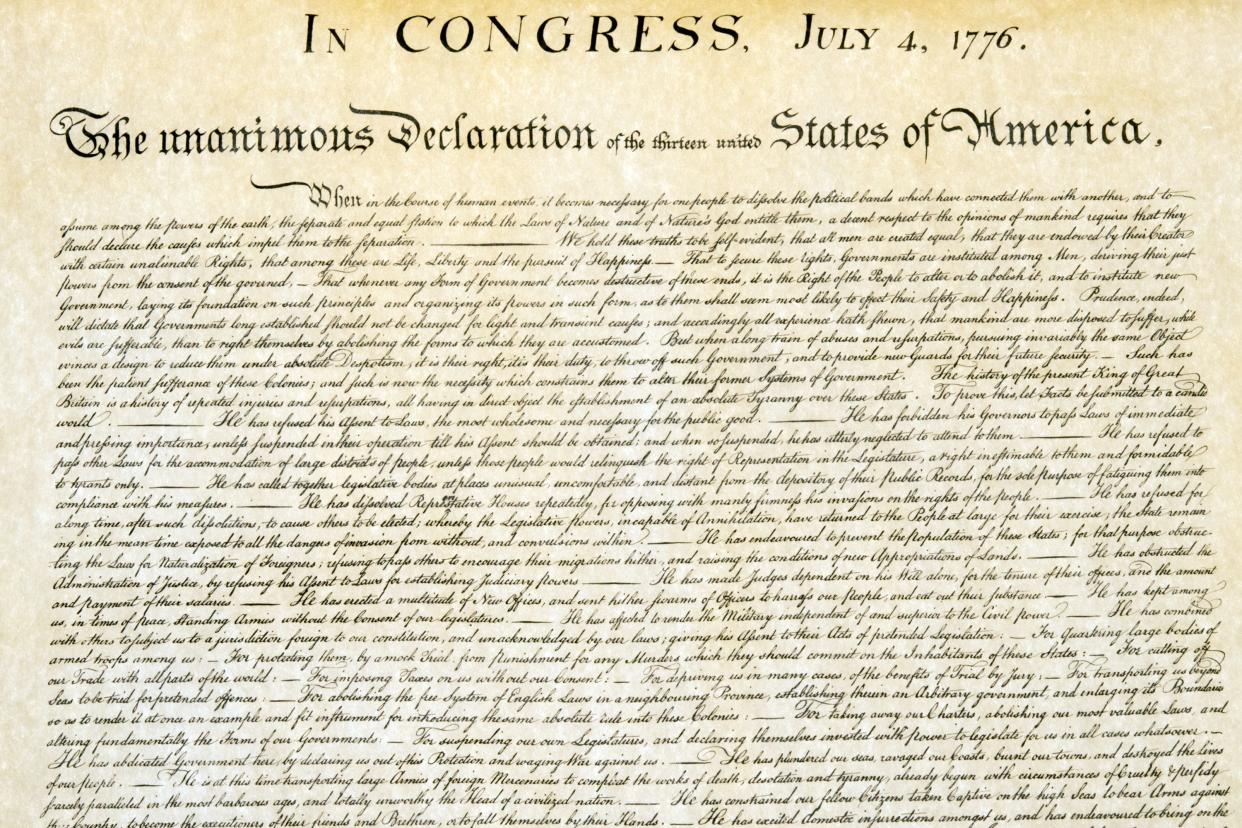

The Declaration of Independence Was Signed July 4
We know that this famous American document says “July 4, 1776,” but that’s not when it was signed, and it’s not even when the country gained its independence. In reality, the Continental Congress voted for independence on July 2, 1776 and the signing of the document actually happened Aug. 2, although not all 56 of the delegates who signed were there that day.
Related: 30 Beautiful Road Trips That Celebrate American History
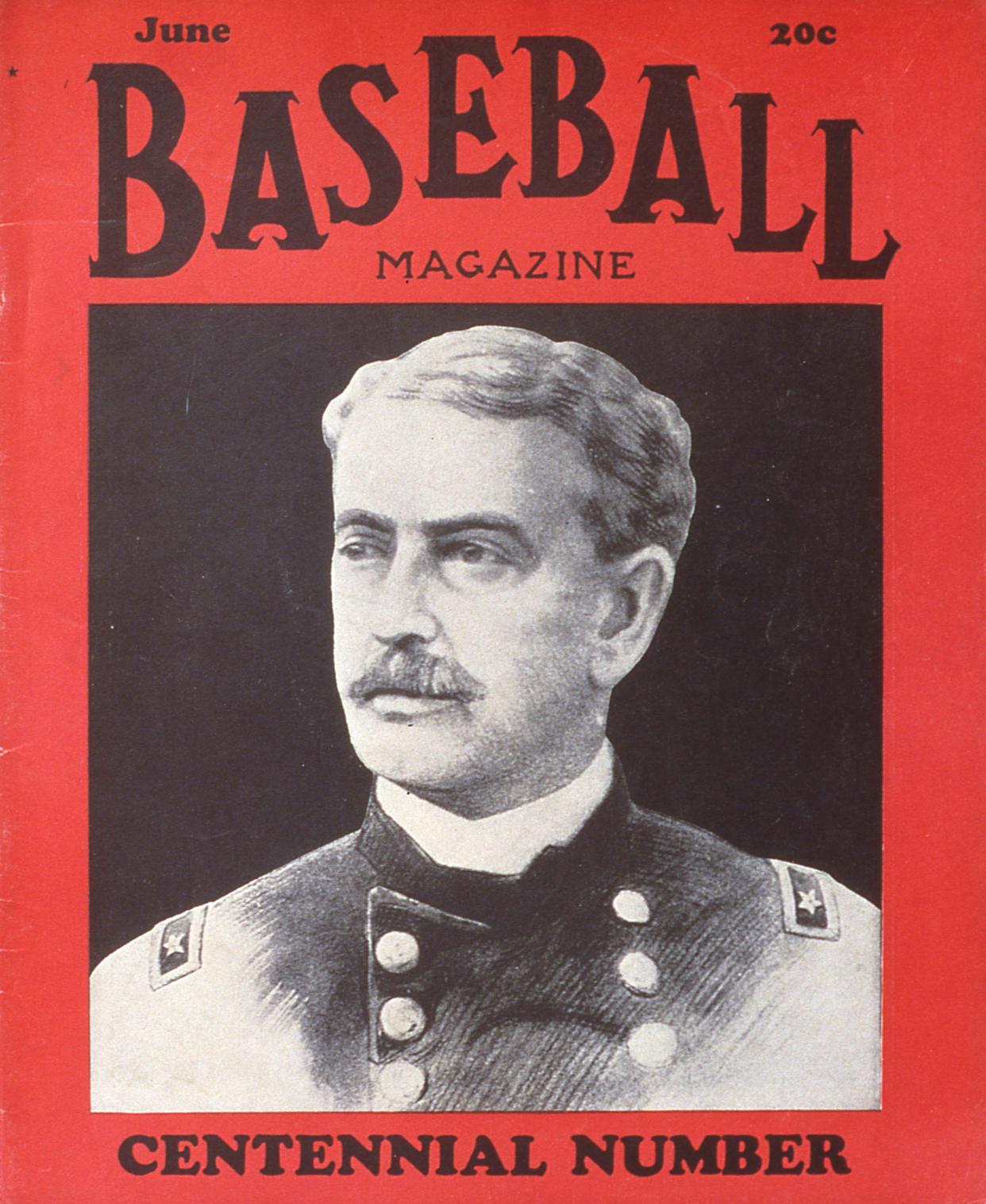

Abner Doubleday Invented Baseball
In 1907, a committee tasked with pinpointing the origins of America’s pastime credited Civil War hero Abner Doubleday with inventing the sport. That would have shocked Doubleday. In “Baseball in the Garden of Eden: The Secret History of the Early Game,” Major League Baseball historian John Thorn says the myth came from a mining engineer in Colorado. “He claimed to have been present at a schoolboy game at which Abner Doubleday took a stick and drew in the dust the diagram for a completely new ballgame,” says Thorn. Variations of baseball such as cricket have been around since the 18th century, but the game we play with three strikes, a diamond-shaped infield, and foul lines was created by a New York-based firefighter and bank clerk named Alexander Joy Cartwright.
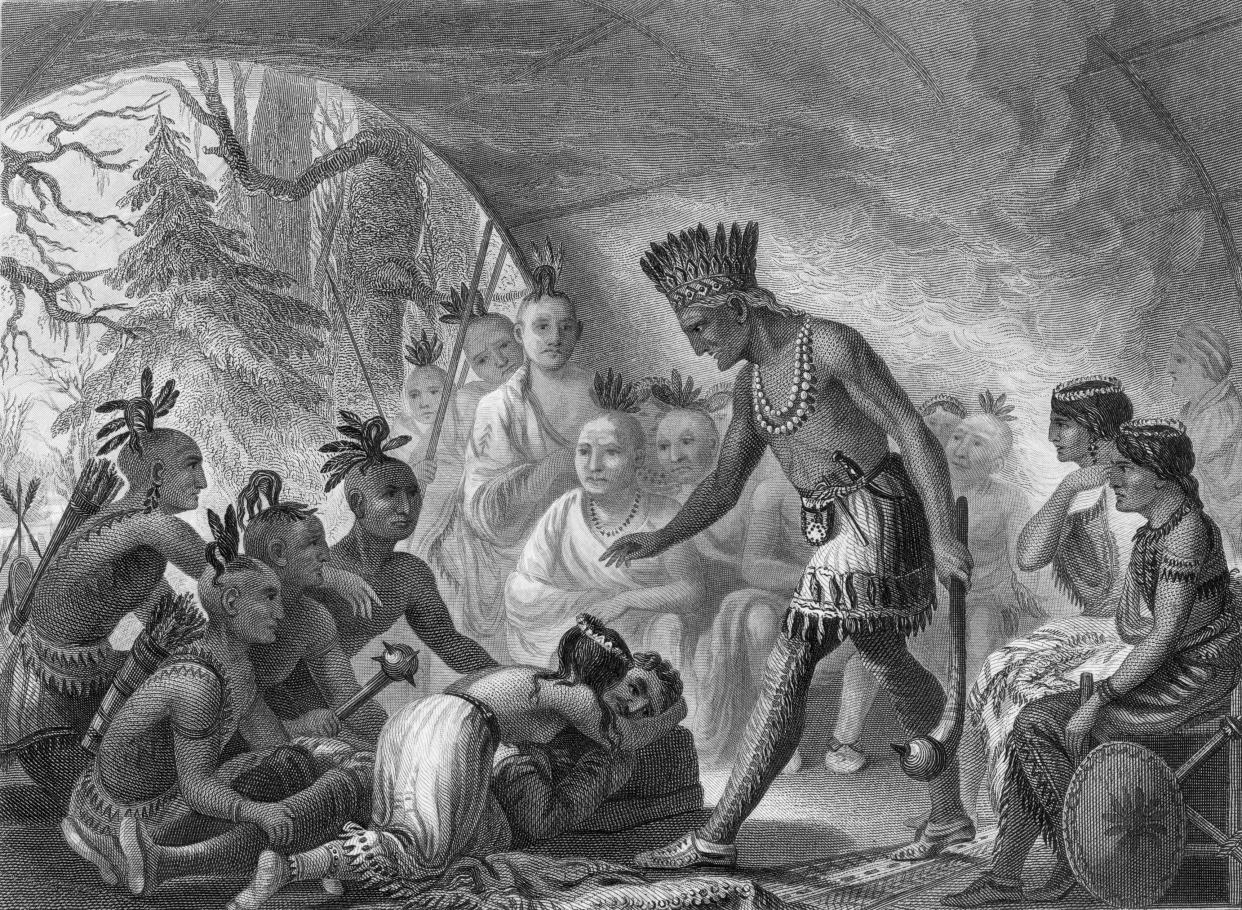

Pocahontas Was in Love with John Smith
You probably figured that Disney’s version of Pocahontas’ life wasn’t biographically perfect. More than likely, her best friend wasn’t a raccoon named Meeko and she didn’t seek guidance from a willow tree with a face. But even the love story popularized by the movie wasn’t real. Real life has been so muddled with myths that most people don’t know “Pocahontas” is her nickname rather than her real name (which was Amonute). It was Smith who played his relationship with Pocahontas off as a romantic one, historian Camilla Townsend says, while what the pair had was a friendship — and a hefty age gap that put her at 12 when he was 28.


Thomas Edison Invented the Lightbulb
Despite what you’ve been told time and time again, Thomas Edison did not truly invent the lightbulb. Since 1761, plenty of people had been making incandescent wires. Several inventors demonstrated versions of incandescent lights and patented some. In 1878, Edison simply improved the lightbulb. “Edison did not look for problems in need of solutions; he looked for solutions in need of modification,” The New Yorker says.
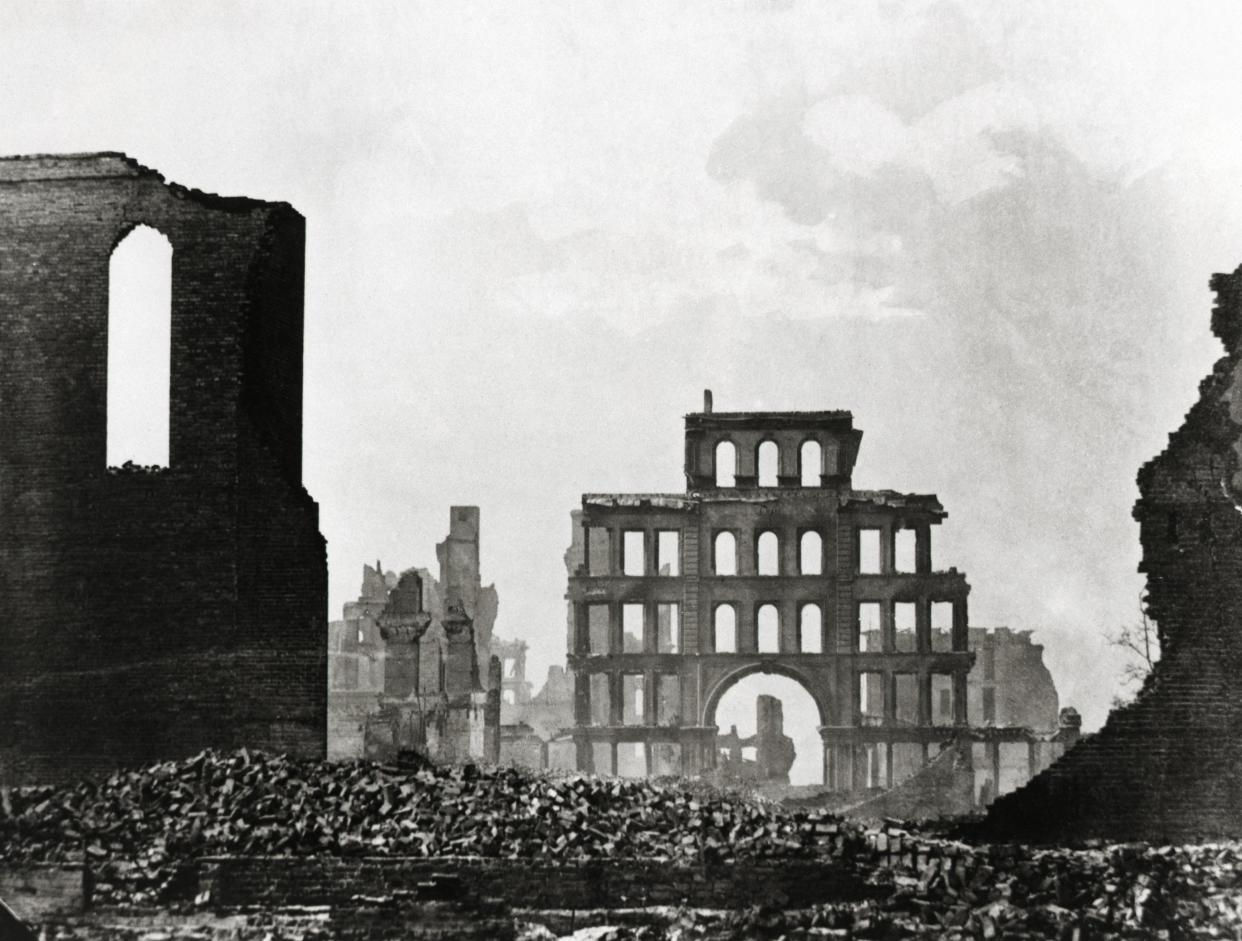

The Great Chicago Fire Was Started by a Cow
The Great Chicago Fire roared for two days in 1871 — one of the worst disasters in U.S history. And for years, the fire was said to have been started by Catherine O’Leary, an Irish immigrant who sold milk for a living, and her cow, of course. It was said that either O’Leary or her cow knocked over a lantern, which caused the first flames. But historians find no real evidence for the story, just as firefighters in 1871 didn’t, and the Chicago City Council has since exonerated them of the charge.


Betsy Ross Made the First U.S. Flag
If you were asked who Betsy Ross was, you’d probably say instantly that she made the first American flag. That’s what we all learned in school. But National Geographic says historians can’t be sure that she actually did — and a lack of evidence leads them to believe she most likely did not.
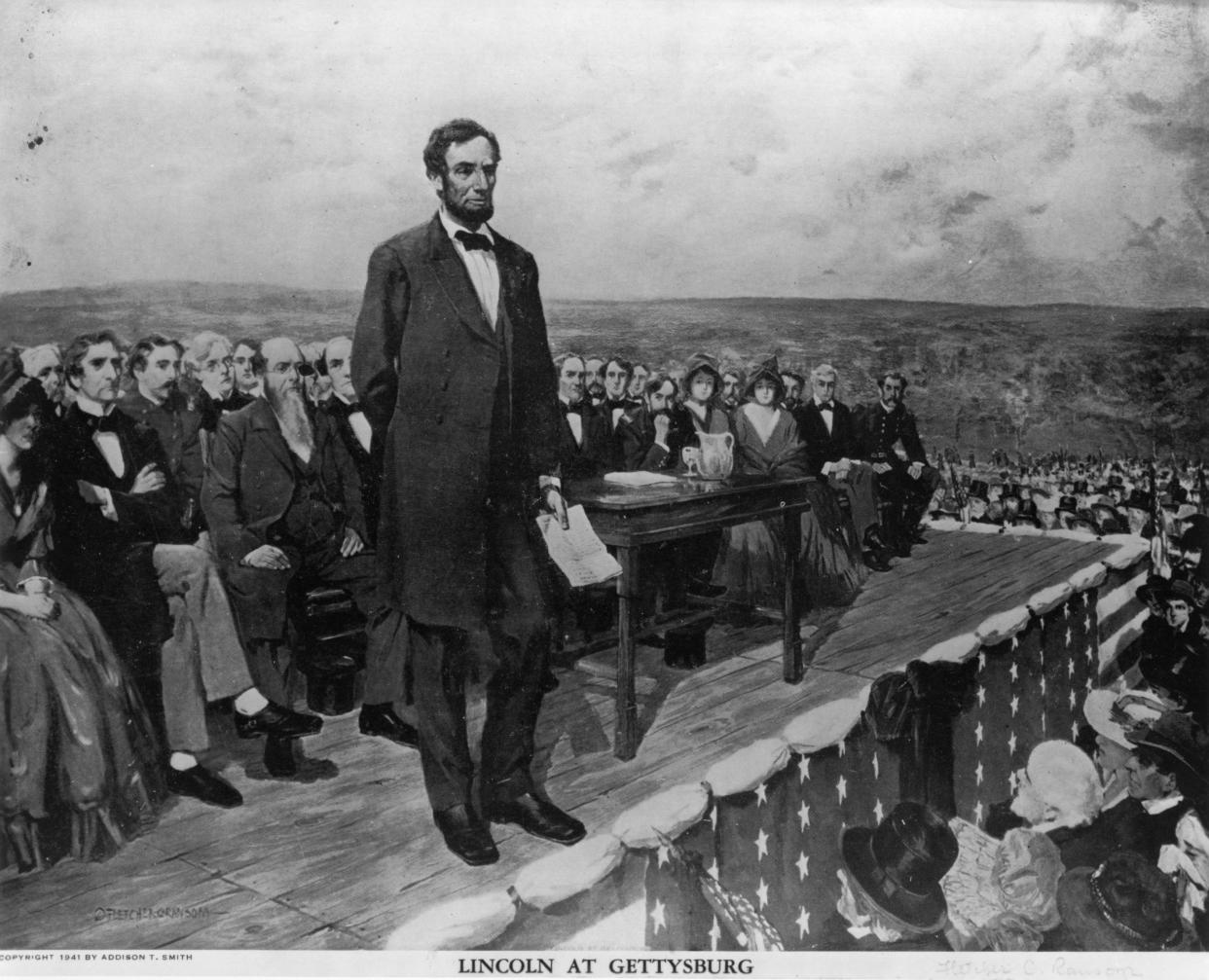

Abraham Lincoln Was Against Slavery
Because he gave Americans the Emancipation Proclamation in 1862, it has been widely taught that Abraham Lincoln was against slavery. But in a letter during the same year from Lincoln to Horace Greeley, editor of the influential New York Tribune, Lincoln wrote, “If I could save the Union without freeing any slave I would do it, and if I could save it by freeing all the slaves I would do it; and if I could save it by freeing some and leaving others alone I would also do that. What I do about slavery, and the colored race, I do because I believe it helps to save the Union.” So while he might have been involved in ending slavery, it’s clear that Lincoln did so because he felt he had to, not because he wanted to.


President William Taft Got Stuck in a Bathtub
Weighing in at more than 350 pounds, President William Taft was a tad on the hefty side. While most presidents are known for their political ventures, Taft is commonly talked about as the heavyweight president who got stuck in the White House bathtub. In actuality, ahead of Taft moving into the White House, a new bathtub was brought in that was so large he couldn’t possibly get stuck in it.
Related: Facts Boomers Learned in School That Are Dead Wrong
This article was originally published on Cheapism







